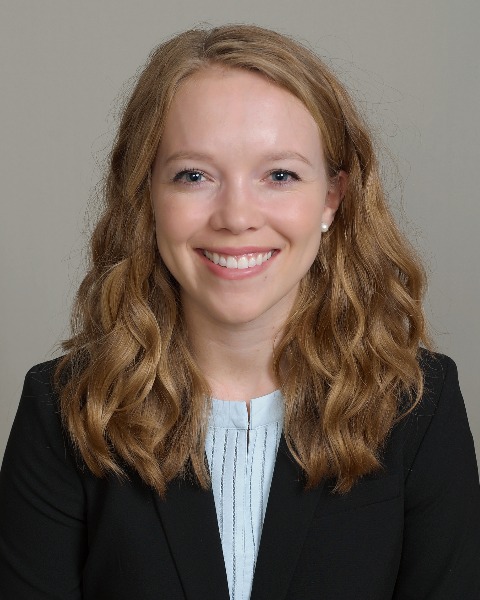Breast
E66: Trends in Contralateral Prophylactic Mastectomy in the Setting of New Society Guidelines

Anna M. Reagan, MD
General Surgery Resident
Department of Surgery, University of Kentucky, United States
Anna M. Reagan, MD
General Surgery Resident
Department of Surgery, University of Kentucky, United States
Saranya Prathibha, MD (she/her/hers)
General Surgery Resident
Department of Surgery, University of Minnesota
Minneapolis, Minnesota, United States- BL
Brittany Levy, MD
General Surgery Resident
Department of Surgery, University of Kentucky, United States - CP
Corrinne Praska, MD
General Surgery Resident
Department of Surgery, University of Wisconsin-Madison, United States - CR
Christina Rutherford, BA
Medical Student
University of Kentucky College of Medicine, United States - ST
Sarah Thacker, BS
Medical Student
University of Kentucky College of Medicine, United States - MK
Madison Kolbow, BS
Medical Student
University of Minnesota Medical School, United States - SM
Schelomo Marmor, PhD MPH
Associate Professor
Division of Surgical Oncology, Department of Surgery, University of Minnesota, United States 
Todd M. Tuttle, MD MS
Professor
Division of Surgical Oncology, Department of Surgery, University of Minnesota
Minneapolis, Minnesota, United States- JH
Jane Yuet Ching Hui, MD MS
Associate Professor
Division of Surgical Oncology, Department of Surgery, University of Minnesota, United States .jpg)
Erin E. Burke, MD MS
Assistant Professor
Department of Surgery, University of Kentucky
Lexington, Kentucky, United States
ePoster Abstract Author(s)
Submitter(s)
Author(s)
Methods:
A retrospective chart review at two academic institutions was performed from 2011 to 2020 for women aged 18 or older with newly diagnosed unilateral stage 0 to III breast cancer who underwent mastectomy. The patients were divided into two groups: before the 2016 publication and after. The rates of CPM and factors associated with CPM were evaluated.
Results: A total of 4759 patients were identified. The median age was 58 and the majority of patients were white (91%). Of the entire cohort, 33.9% underwent CPM. The rates of CPM remained relatively stable over time. With the institutions combined, the rates of CPM before 2016 (35.7%) and after (32.6%) were similar. One institution did have a higher rate of CPM than the other. The tumor factors associated with undergoing CPM were HER2 positivity and non-ductal histology (all p< =0.05). Younger patients (< 40) and patients who were white were more likely to undergo CPM.
Conclusions: CPM trends at two academic institutions remained relatively stable over a time period where professional societal guidelines have come out recommending against CPM in average risk women with unilateral cancer. Further work is needed to continue to understand these trends and identify interventions that may help reduce the rates of CPM and improve adherence to guidelines.
Learning Objectives:
- describe the impact of a consensus statement on contralateral prophylactic mastectomy rates.
- list patient factors associated with contralateral prophylactic mastectomy.
- list tumor factors associated with contralateral prophylactic mastectomy.
